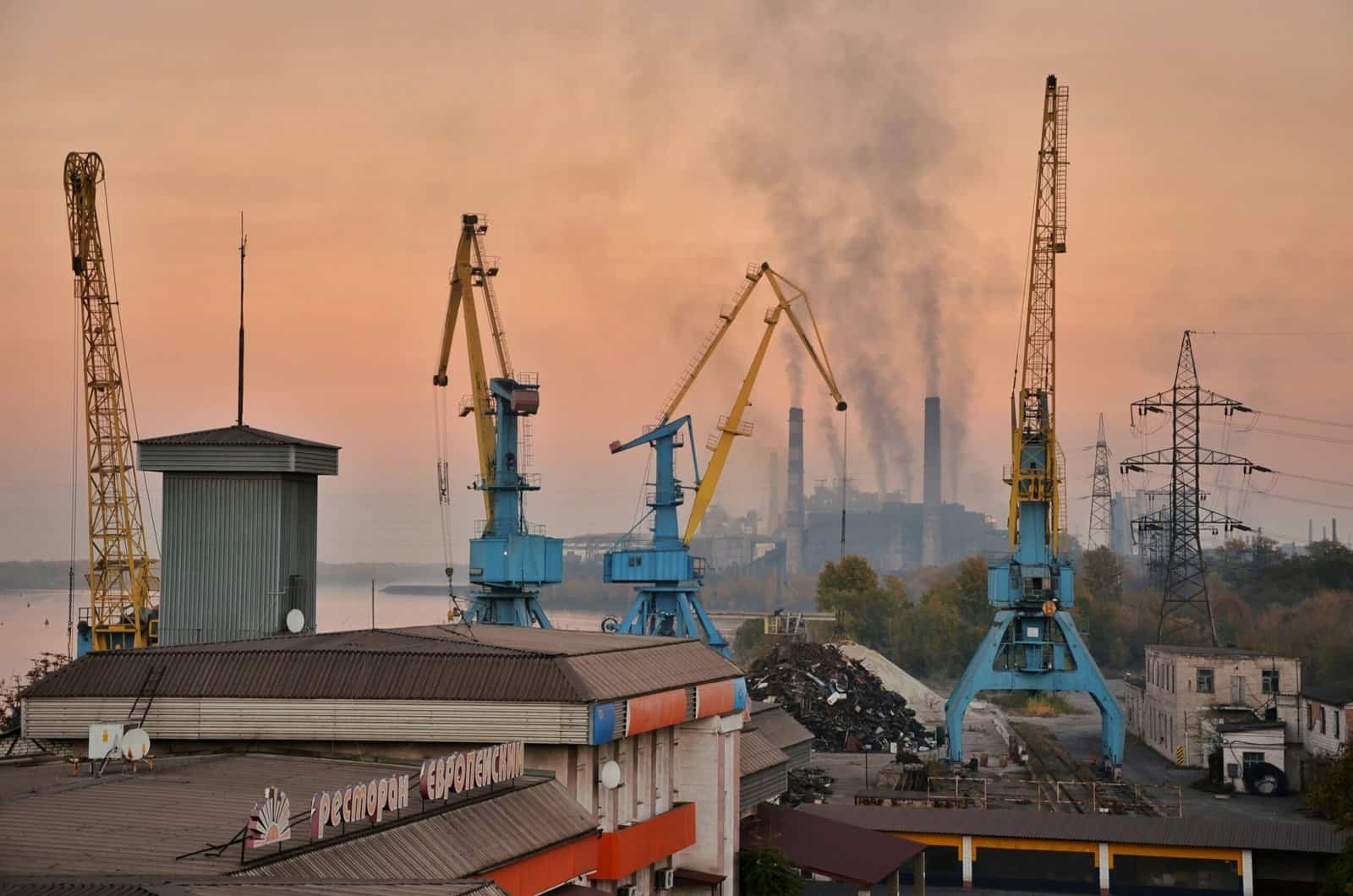Have you ever wondered how the water from your home faucet gets contaminated, even in communities where people prize their beautiful natural landscapes and pristine environments? When we talk about the contamination of drinking water, it is essential to highlight a serious issue affecting some residents of Cape Cod: the contamination of drinking water wells by septic systems. Understanding this issue can help you gain insight into its seriousness, its causes, and possible solutions. Let’s take a closer look at how septic systems potentially pollute drinking water wells on Cape Cod.
Understanding Septic Systems
Septic systems are commonly used in areas without access to centralized sewage treatment plants. They are underground wastewater treatment structures that rely on a combination of nature and established technology to treat household wastewater. Septic systems usually have two main components: a septic tank and a drain field or soil absorption field.
The Function of Septic Tanks
A septic tank is a watertight container that holds wastewater long enough to allow solids to settle out and oil and grease (scum) to float to the surface. This system allows for partial decomposition of organic waste. The remaining liquid effluent is then sent to the drain field, where further treatment occurs as the effluent moves through the soil, which acts as a natural filter.
The Role of Drain Fields
The drain field, commonly called a leach field, consists of a network of perforated pipes buried in trenches filled with gravel that distribute the wastewater. As the effluent seeps into the ground through these pipes, the soil’s natural filtering capability helps in further cleaning the wastewater by removing or neutralizing harmful bacteria, viruses, and nutrients.
Drinking Water Wells on Cape Cod
On Cape Cod, a significant number of residents rely on private wells for their drinking water. These wells tap into the underground aquifers that exist beneath the land’s surface. While private wells provide a convenient and clean source of drinking water, they are vulnerable to contamination if not properly maintained or placed near pollution sources.
Location Considerations
The very nature of Cape Cod’s geography makes its water resources sensitive to contamination. The sandy soils, which may not remove bacteria and chemicals as effectively as clay or loamy soils, pose an elevated risk for pollutants traveling quickly and retaining in the water supply.
Vulnerability to Pollution
Private wells that are not regularly tested or appropriately monitored can expose inhabitants to pollutants such as nitrates, bacteria, viruses, and other toxic substances. High levels of these contaminants can lead to health risks, including severe gastrointestinal illnesses and chronic conditions if ingested over time.

How Septic Systems Lead to Contamination
Septic systems can become a source of groundwater contamination if they fail to operate correctly. Failing systems might not adequately process the wastewater, resulting in leakage of untreated or partially treated sewage into the soil. This sewage can then travel into groundwater supplies, affecting nearby private or public drinking water wells.
Causes of Septic System Failures
Poor Maintenance: Regular pumping and maintenance of septic systems are crucial. Overfilled tanks can lead to clogs causing backups and leaks.
Improper Installation: The improper design or inadequate size for the intended use (for instance, due to an increase in the household size) can weaken the efficiency of the system.
Location: Septic systems installed too close to drinking water wells increase the chances of contamination.
Old Age: Older systems might be more prone to leaks and failures due to corrosion or structural weaknesses.
Symptoms of a Failing Septic System
- Foul odor around the house, especially near the septic tank and drain field.
- Lush green grass over the drain field area even during dry weather.
- Slow drainage or plumbing backups inside the house.
- Groundwater and surface water are contaminated with coliform bacteria.
Health Implications of Contaminated Water
Water contamination can lead to severe public health risks. On Cape Cod, pollution resulting from septic system failures primarily involves the introduction of nitrates and bacterial pathogens like E.coli and coliform into drinking water sources.
Potential Health Risks
- Nitrate Pollution: Excessive nitrates in drinking water are alarming because they can cause methemoglobinemia or “blue baby syndrome” in infants, where nitrate interferes with the blood’s ability to carry oxygen.
- Bacterial Infections: Ingesting water contaminated with E.coli or coliform bacteria might lead to digestive disturbances, such as diarrhea, nausea, and abdominal cramps.
Vulnerable Populations
Children, the elderly, and immunocompromised individuals are particularly susceptible to the adverse health effects resulting from drinking contaminated water. Furthermore, pregnant women need to be cautious as exposure to pollutants could affect pregnancy outcomes.

Potential Solutions and Preventative Measures
Preventing contamination is a wise investment in the safety and health of Cape Cod residents. Here are some strategies that can help you address septic system-related water contamination problems:
Regular Testing and Maintenance
- Conduct annual maintenance checks and pump septic tanks every three to five years to prevent overflows and backups.
- Regularly test water from private wells to detect contamination early. Ideally, focus on nitrates and microbial contaminants.
Upgrading Septic Systems
- Consider replacing outdated systems with advanced treatment systems that provide better pollutant removal.
- Evaluate the possibility of connecting homes to centralized municipal sewage treatment systems in areas where available.
Responsible Land Use Planning
- Adhere to local regulations for septic system installation and distance requirements between wells and septic systems.
- Promote land use practices that protect water resources, such as creating buffer zones with natural vegetation around water bodies and wellheads.
Community Awareness and Education
- Educate community members about septic system care and the importance of maintaining water well safety.
- Encourage residents to report any unusual changes in water quality or unpleasant smells around their homes, as these could be indicative of septic system failures.
Regulatory Framework and Local Initiatives
Local governments may have taken steps to enact regulations and policies to protect water quality. Understanding and participating in these efforts can provide additional layers of protection to your water supply:
Regulations on Septic Systems
- Authorities might impose requirements for septic system designs, installations, and inspections to minimize contamination risks.
- Some areas could have zoning laws that control land use and restrict development on fragile lands like watersheds.
Local Water Quality Initiatives
- Various non-profit organizations and government agencies on Cape Cod might offer resources and guidance, conducting educational seminars and home evaluations to improve local residents’ understanding of water management and safety.
Grants and Funding
- Look for state and federal assistance programs that provide grants or low-interest loans to improve septic systems and protect water resources, particularly in environmentally sensitive areas.

Conclusion
The premier role of septic systems in managing wastewater challenges is evident, but so too is their potential to pose risks to drinking water wells, especially in regions like Cape Cod. By ensuring proper design, maintenance, implementation of local regulations, and promoting community awareness, you can drastically reduce the risks of contamination and safeguard your drinking water sources. Staying informed and proactive in managing private wells and septic systems will ultimately contribute to a healthier and more sustainable living environment.

